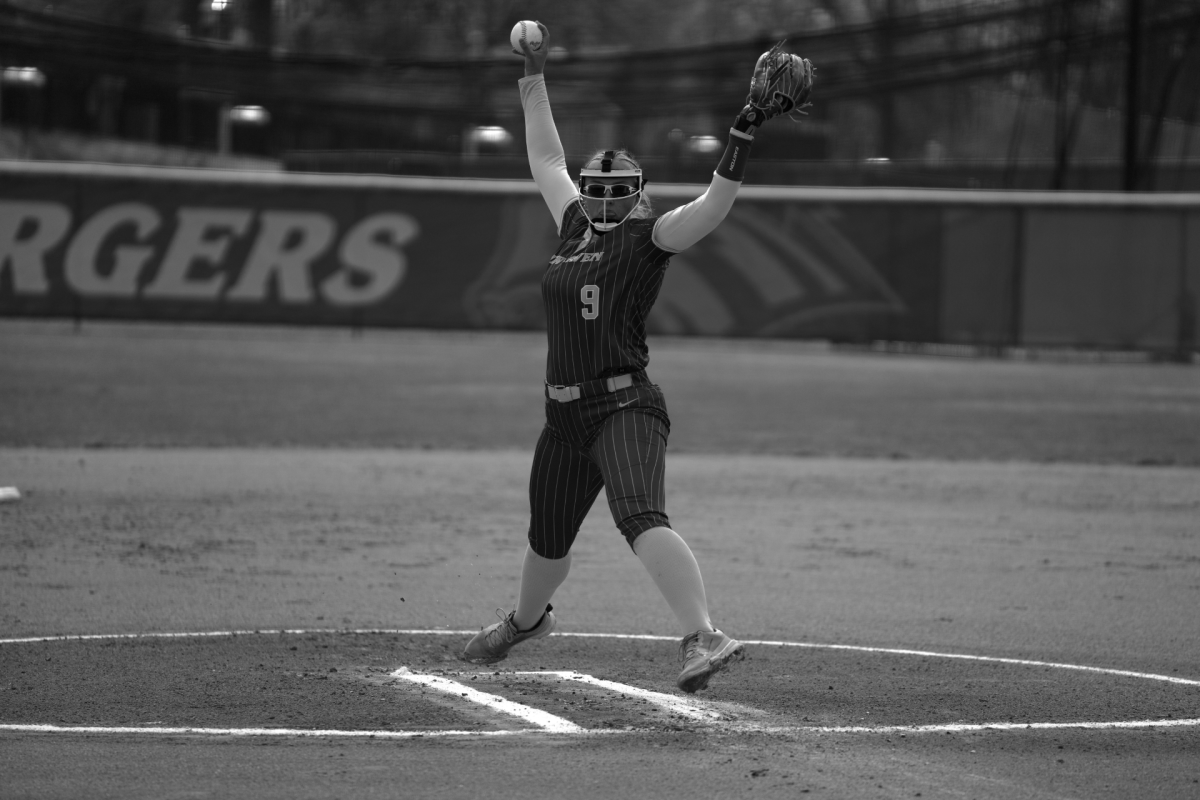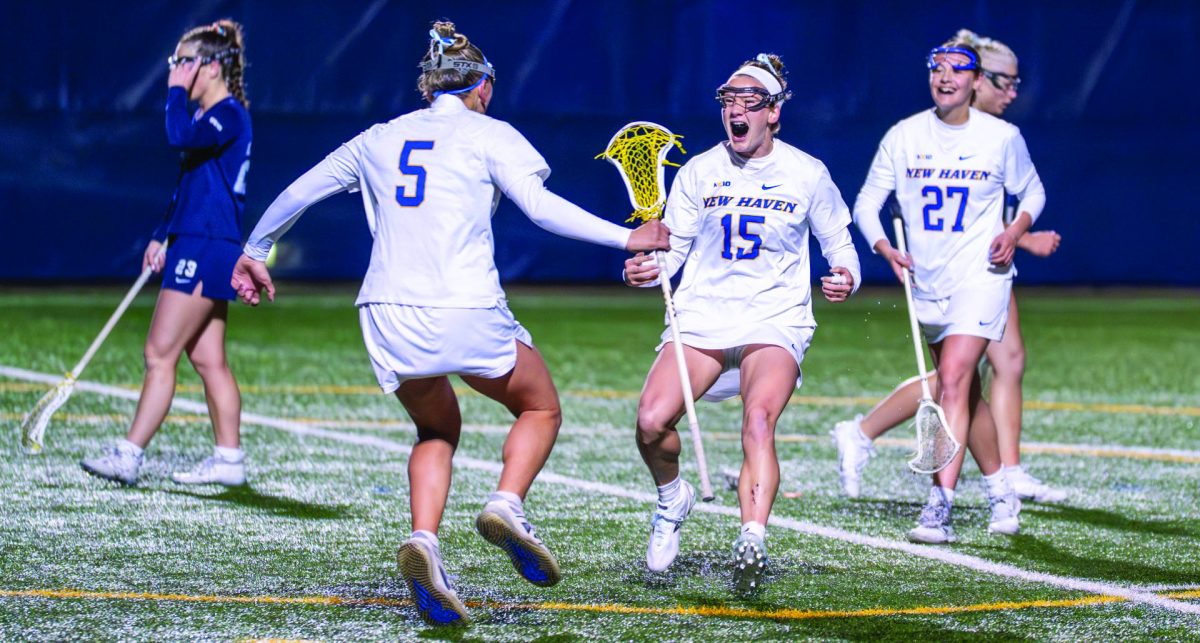For female athletes, an anterior cruciate ligament (ACL) tear can turn one wrong move or collision into a season-ending injury.
Some athletes at the university know this split second well. Senior marketing major Shauna Curran, remembers one move that abruptly ended her senior season.
“I was very upset,” she said. “It was the fall of my senior year, so my senior season was now over, and possibly my college career.”
Curran’s experience reflects the growing increase in ACL tears in women’s lacrosse. According to a study in the Journal of Women’s Sports Medicine, the participation rates of women’s lacrosse have risen by 25.7% between 2013 and 2018. The study also said ACL injury rates for women in collegiate sports range from 18% to 25% per athlete, with lacrosse having the highest average rate of ACL injuries among the sports studied.
Graduate student Karly King underwent ACL reconstruction after an injury in March of 2023.
“I heard a pop in my knee during a game during spring break,” she said. “My first thoughts were that my career would be over. I was very nervous about surgery, as I never had it before. I wasn’t sure if I could overcome the physical and mental aspects of the injury.”
King also said she adjusted to not being able to play. “It made me think of how else I can help my team besides on the field,” she said. “I can be a better teammate to others by being on the sideline.”
Coming into the collegiate sport with an already torn ACL can be difficult as well. Kendall Murray, a freshman forensic science major, tore her ACL in high school and the experience was transformative. “No athlete wants to hear they can’t play the sport they love for almost a year,” Murray said. “I was upset, distraught, and angry all at the same time.”
Proper rehab becomes essential to the recovering athlete. The Journal of Women’s Sports Medicine said that a triumphant return to sport is a multiple-step process involving physicians, physical therapists, coaches, teammates and athletic trainers. The rehab process is carefully structured in five phases to help the patient recover in seven to nine months. Each phase progressively challenges the athlete’s strength, neuromuscular control and sport-specific skills.
Support can come in unexpected ways. “My physical therapist became someone I could talk to about more than just my knee problems,” King said.
Kendall Morill, a junior exercise science major with a minor in nutrition also tore her ACL during her collegiate season. “I simply try always to have a good attitude no matter what and preach that everything happens for a reason,” Morill said.
All athletes credit their support systems for their successful recoveries.
“I had so much support,” Morill said. “My coaches let me embrace my new role on the team, my teammates were supportive the whole time and even paid a special tribute to me during the game, and of course, my family was there for me the whole ride.”
King offered advice for athletes facing similar challenges. “Take your recovery day by day, and do not let any setbacks get in your way of long-term recovery,” she said. “Journal, set small goals and celebrate the little things.”
The Journal of Women’s Sports Medicine said that returning to sports is not just about physical readiness, it’s also mental. Psychological readiness is just as important or even more critical
than physical. Athletes must demonstrate confidence, pass functional movement tests and be mentally ready to return.
For Curran, the milestone was getting out of her brace and walking normally. For King, it was passing her return to sport test after six and a half months of hard work during physical therapy. For Morrill, it was stepping back on the field and playing. For Murray, it was focusing on recovery after her surgery.
Lacrosse is a fast-paced sport, and understanding injuries and how to prevent them is essential. The journey from recovery is not just returning to play; it’s also about the resilience, support and spirit of athletes who refuse to let this season ending injury set them back and prevail forward.
“Everything happens for a reason,” Morrill said. “You just have to find a way to embrace it.”









